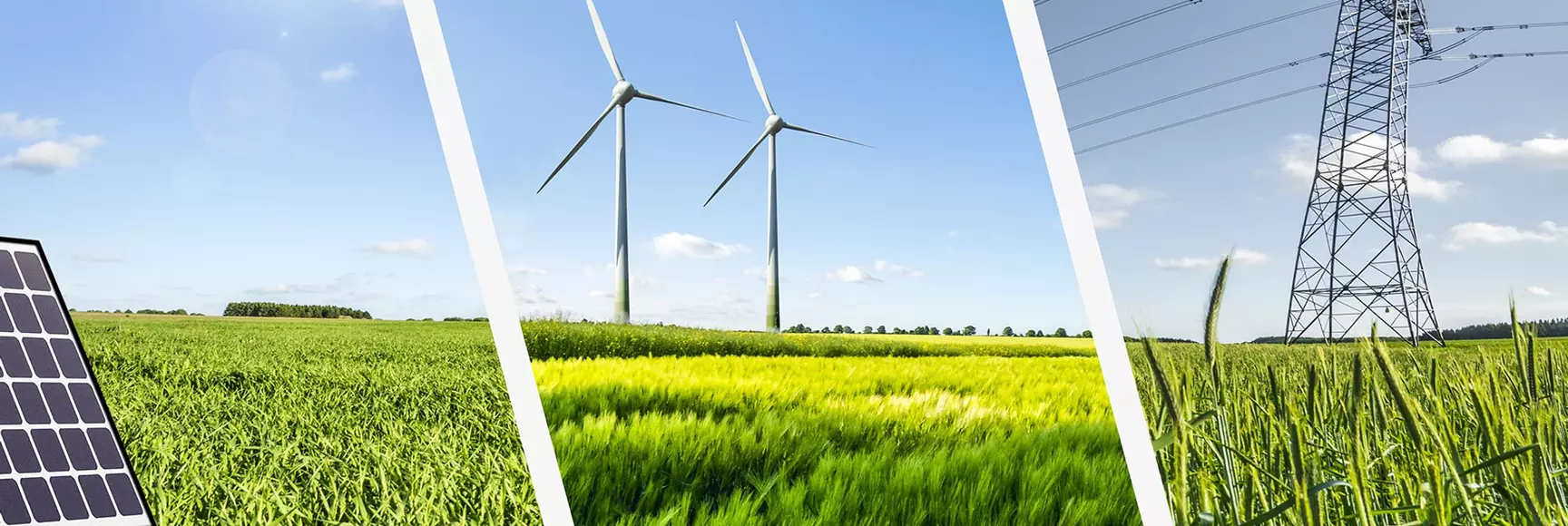This is the first in a series of articles that The LYCRA Company is publishing on key sustainability issues facing the industry. Please bookmark our Sustainability Thought Leadership page to read new content when it is published. In today’s article, we will explore key needs, drivers, and even points of friction that may impact the industry’s ability to achieve its sustainability commitments.
Successfully combating climate change is an uphill battle that will require both urgent action and significant investments. For the textile and apparel industry to do their part in helping achieve the Paris Climate Agreement’s goals, companies must reduce their greenhouse gas (GHG) emissions by 45 percent by 2030 and reach net-zero emissions by 2050.
As stakeholders mull their actions, The LYCRA Company is hosting a series of global panel discussions with apparel industry experts on critical sustainability issues facing the sector. For the first topic, 28 panelists including those from The LYCRA Company, business development consultancy Gradient Limited, textile manufacturer MAS Innovation and The Centre for Global Solutions and Sustainable Development (CENGSSUD) examined opportunities and challenges to attaining the Paris Climate Agreement’s goals.
Conserving energy and reducing emissions
Unfortunately, fashion is a major contributor to today’s climate issues. In the panel, Gradient Limited’s managing director David Cottrell said, “The global fashion sector is currently generating more emissions each year than the U.K., Germany and France combined and stands no chance of meeting targets without transformational change over the next decade.”
Several panelists agreed that reducing energy usage and emissions is a huge task that will require a coordinated effort from all parties. The panelists advocated for turning to other industries that have already begun their sustainability journey for inspiration and advice, with sustainability consultant Les Jacques emphasizing the need to look to the energy, chemical, agriculture and waste industries.
“Clearly, we need to move to a lower energy intensity base, but transitioning to a renewable platform represents a significant challenge,” said Jacques. “Solar energy can help where energy requirements are low, but in some parts of the world, self-supporting solar energy panels would not generate the consistent energy required for fiber and fabric production.”
Jacques noted that other renewable technologies exist and are being developed further, but that the “cost factor” will remain an issue, namely the cost of investing in new power facilities, decommissioning old fossil fuel plants, plus the costs of the energy itself. “Of course, there are additional factors to consider such as tax benefits and financial support for the fossil fuel industry, but there are clear indications that renewable energy would be available at similar prices to fossil fuel energy if we only had scale and a level playing field.”
Reducing GHG emissions from textile production will require reductions across the value chain—from manufacturers reducing their carbon footprint, to consumers wearing the clothes they own longer.
Incentives and government’s role
Another important component to reaching the emissions goal is government involvement, the panelists contend. The participants believe that significant change requires new legislation and incentives, and that it is critical that this happens globally to make a real impact.
“Governments must reform taxation to reward fashion companies that design products with lower environmental impacts,” said Cottrell.
Anushka Darshana, a chemist at MAS Innovation, suggested various tax benefits to spur the private sector to act.
“Introducing a tax or credit benefit; granting badges, awards or certificates to enter the market; this will help with company adherence,” said Darshana. “Also, employers’ incentives will encourage them to step up to innovate.”
Debo Adeniyi, CEO and chief sustainability and ESG officer, CENGSSUD, added, “When the government steps in and creates guidelines and standards for an industry—ones that are built with the help of the corporations who are leaders in that industry—then real change begins to happen.”
Consumers, manufacturers, governments, brands, retailers—all need to play a role in driving meaningful change in the textile and apparel industry to achieve climate goals and ultimately, lay the groundwork for a more circular economy.
Keep in the loop with LYCRA and explore our latest sustainability advancements and thought leadership articles.
LYCRA® is a trademark of The LYCRA Company.
Contact
-
The LYCRA Company
Jean Hegedus
Sustainability Director - 美国
